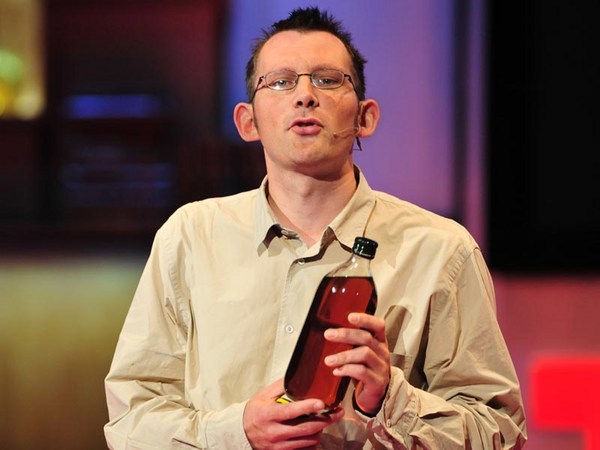Growing up in Africa, one cannot help to be connected directly or indirectly to some kind of construction. One popular understanding is that starting afresh is always easier, it’s less stressful, it’s more productive than carrying out renovations. Would you agree that there’s more room for innovation when building from scratch? Good. Hold that thought. Penicillin, Viagra, pacemaker, text messaging, x-ray, superglue, microwave, Coca-Cola. What do all these have in common? They are usually called accidental inventions - accidental inventions because the research processes which brought about these discoveries were actually unintentional. The microwave - the microwave was born when Percy Spencer noticed the chocolate bar melt in his pocket when he was conducting a radar-related research project using a vacuum tube. Viagra - Viagra was born during the research for heart disease, as you all know. Coca-Cola - many may not know that Coca-Cola was discovered when the inventor was basically looking for a cure for headaches and some medical ailments. All these might seem like accidents; that’s why they’re called accidental inventions. But I believe these accidents were only redirection triggers Like Plato said, “Science is nothing but perception.” When perception changes, redirection occurs. I'm here to talk about green energy sources. When I was invited for this talk, I told myself that this just might be the right platform to share my thoughts, which might seem a bit radical, but I guarantee you it’s quite necessary. Most of us know that there are different sources of energy, from nuclear to hydro, from fossils to wind and solar, all different with different pros and different cons. We are here for green energy, but let's understand how green energy compares to the others. The best way to do that is to look at the capacity factors. Firstly, we shouldn’t confuse capacity factors with generation for they are quite different. So these energy sources have the capacity to generate power over a period of time, but have times when they aren’t actually generating power, like during maintenance, during refueling. We on the user end are most concerned with the power we have available to us. So a power source can have a generating capacity of X, but actually produces minus X or plus X percent of the total power in that area, all depending on the high or low capacity factor. So the capacity factor is basically the measurement of how often the power source is running at maximum power. According to the US Energy Information Administration, the capacity factor by energy source clearly shows different levels for different types of energy. For nuclear, we have 92.5%; for geothermal, we have 74.3%; natural gas, 56.6%; hydropower, 41.5%; coal, 40.2%; wind and solar, 35.4% and 24.9%. These are the different capacity factors, so it is safe to say that nuclear is about 1.5 to 2 times more reliable than natural gas and 2.5 to 3.5 times more reliable than wind and solar. So let’s not forget wind and solar only work when there’s wind and sunlight. This seriously contributes to its reduced capacity factor. Wind and solar only work when there’s wind and sunlight. I know the first thought that comes to mind is the use of batteries, but if you’re really and truly trying to go green, you just might realize that the batteries, the panels, the glass might not be so disposable or degradable in the long run. I’d like to refer to it as the front and back end of the green power system. So what you see is the 0.5-ton car battery, the solar panels, the batteries at home, the spinning windmills - all these I refer to as front end. What you don't see are the intense mining for rare elements, lithium and more. What you don’t see is the quiet, unregulated labor that goes into these mining activities. What you don't see is the introduction of more waste when this plastic, glass, and concrete have served their purpose over time. Now, looking at the volume of what happens at the back end, can we ask ourselves, truly, is this really feeling green? Let's look at a real scenario. To produce a hundred megawatts of energy from a wind farm, we should power about 75,000 homes, you need to use 30,000 tons of iron ore, 50,000 tons of concrete, 900 tons of plastic, and for a solar farm to produce a similar amount of power, these requirements increase by about 100 percent, including glass. The lifespan of these green energy solutions is roughly about 20 years, so it’s safe to say we should expect half of this equipment to provide us with a massive waste problem in as little as 20 years. The International Renewable Energy Agency estimates that in about three decades, the disposal of worn-out panels will likely double the tonnage of today’s plastic waste. And we all know how difficult it is to get rid of plastic waste today, not to talk of the damage it actually causes. So where do we go from here? How do we change perception and then direction? It’s quite easy to do if you truly understand what change in perception is. The change in perception. Well, when you think you need a new chair for example, you actually go out there, you try chairs, you select a chair or two. You close that chapter; you’ve gotten an a chair. Doing this, your perception and direction remain the same. For a perception change in this scenario, you have to understand what you need is not a chair, but where to sit. With this change in perception, you can imagine more things to aid sitting that aren’t chairs. Maybe you could discover something new. One of the most popular movies out there, “The Matrix,” shows how they discovered another source of power when the major source of power was made unavailable. Please don’t be scared. I'm not suggesting human batteries like in the movie. So just to put it out there, do you know that millivolts of energy are released at about two stages of a plant’s life cycle? This happens during the change in form of energy at the roots and at the leaves when there’s a release of electrons. These electrons could be harvested and amplified. I don’t know how yet. I’m not a scientist. With that in mind, maybe it might be time to look at innovating more equipment that will serve our youths and our needs, but with alternate power sources. Personally, I think that today’s equipment is designed for existing power sources, so it might be more difficult and more limiting to be on the track of searching for cleaner energy sources because we are still in line of that perception and direction. Maybe we should look for ships with better sails and prediction ability, or cars that have plants or algae on them, powering them, or perhaps your house is being powered by your gardens. We just have to create novel ideas to drive new forms of energy that are clean and sustainable with equipment and appliances that will save our needs using this clean and sustainable energy. Perhaps the answer might be in the plants? In the green? Perhaps not. Like in the construction world, do we renovate or do we start afresh with more room for more innovation? One thing is certain - we have to spark this change in perception and let science win for us. After all, science is nothing but perception. So let’s imagine and redirect. Thank you.
Related talks
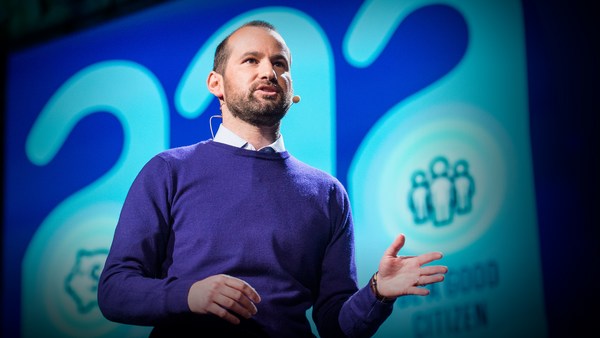
Alex Laskey: How behavioral science can lower your energy bill
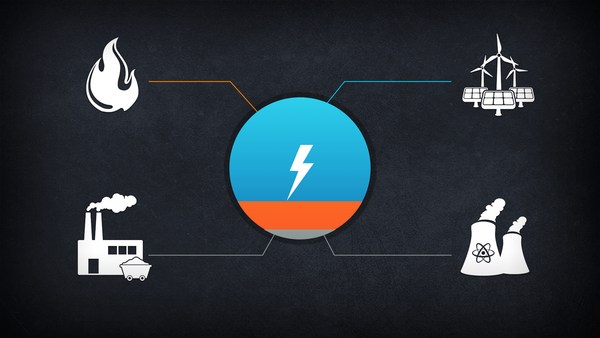
Amory Lovins: A 40-year plan for energy
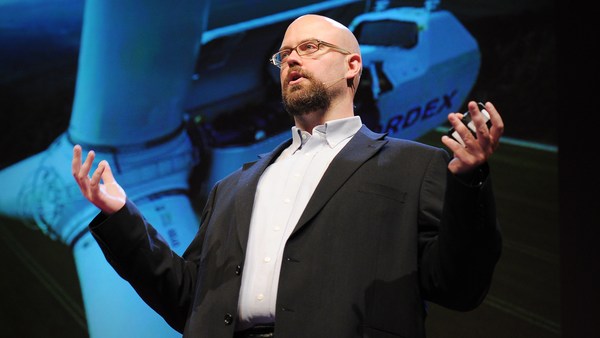
Alex Steffen: The shareable future of cities

DeAndrea Salvador: How we can make energy more affordable for low-income families
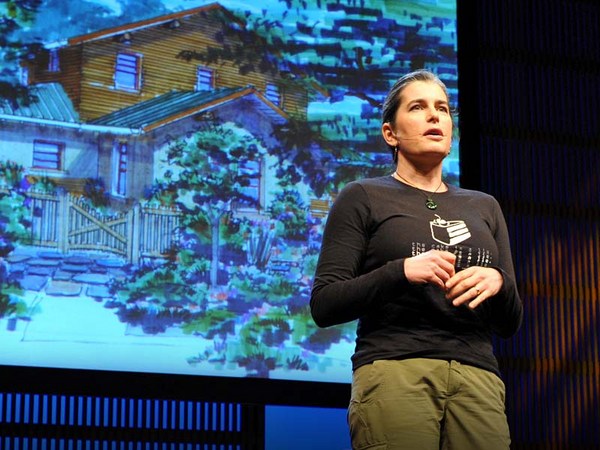
Catherine Mohr: The tradeoffs of building green
